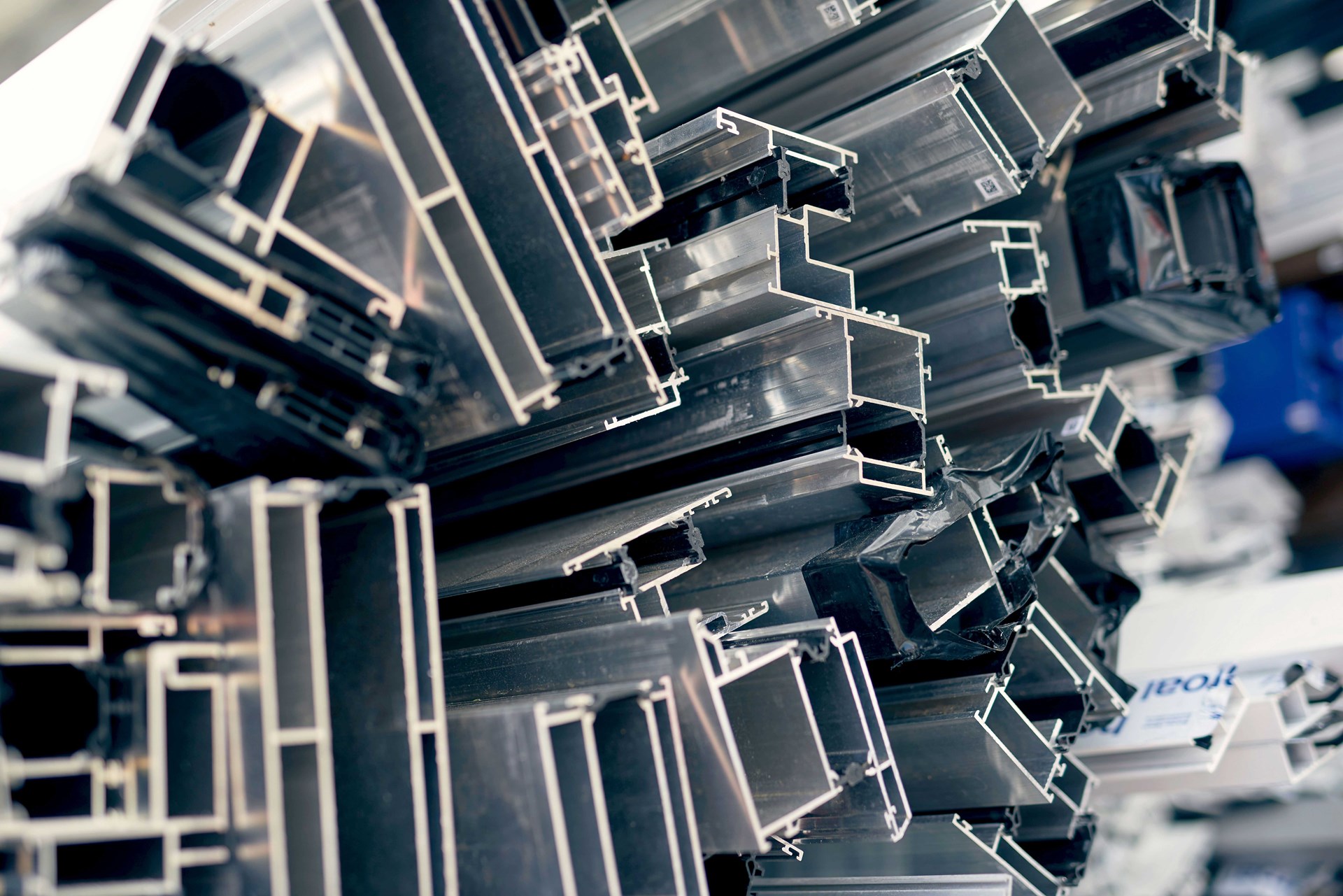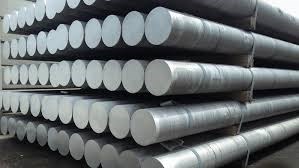Aluminium was first used in quantity for buildings and structures in the 1920s. These applications were primarily oriented towards decorative detailing and art deco structures. In 1930, major structures within the Empire State Building, including interior structures and the famous spire, were built with aluminium.
Today, aluminium is recognised as on of the most energy efficient and sustainable construction materials.

Choose aluminium for your next project
Aluminium is a versatile material
Strong, flexible, conductive, durable and extremely lightweight aluminium is one of the most versatile materials available. Its remarkable strength enables exceptionally sturdy structures and due to the low material weight, these structures can weigh 35 to 65 percent less than steel, whilst still providing equivalent strength. This inherent strength allows for aluminium and its alloys to support the weight of heavy glass spans, allowing for more natural light and greater deal of flexibility when it comes to meeting your needs.
Aluminium has a long service life
Approximately 75% of the construction products ever made using aluminium are still in use. This is because aluminium is so easy to maintain. There’s no need to protect against mould and corrosion or rusting, and the paintwork doesn’t need any solvents to adhere to the product.
Aluminium is a sustainable choice
From extracting the raw materials, right though to recycling, aluminium is ideal for achieving the highest levels of sustainability. At WICONA, 68% of the energy we use to produce aluminium is generated by hydropower. Aluminium is also infinitely recyclable and loses none of its properties during the process. When compared to creating new aluminium from source materials, recycled aluminium reduces energy consumption by more than 90 percent.
